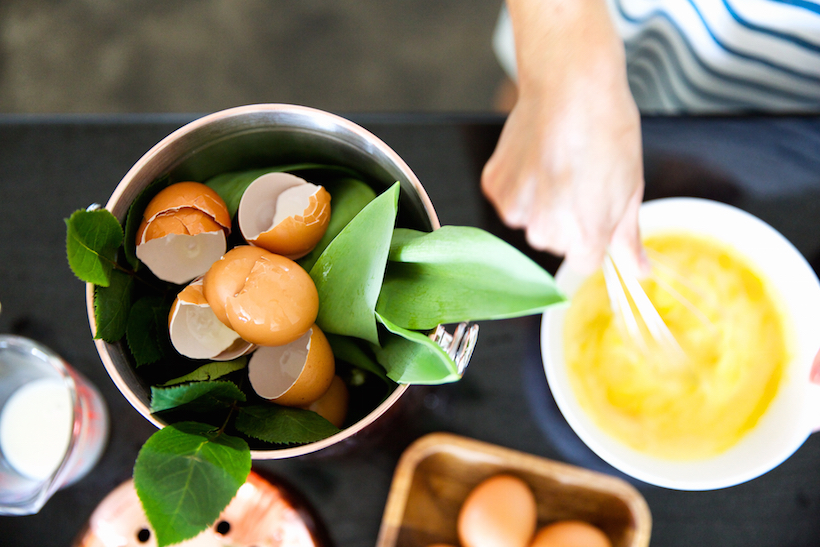6 Unusual Flours Your Pantry Needs—and Exactly How to Bake With Them
Unleash your inner grain goddess.
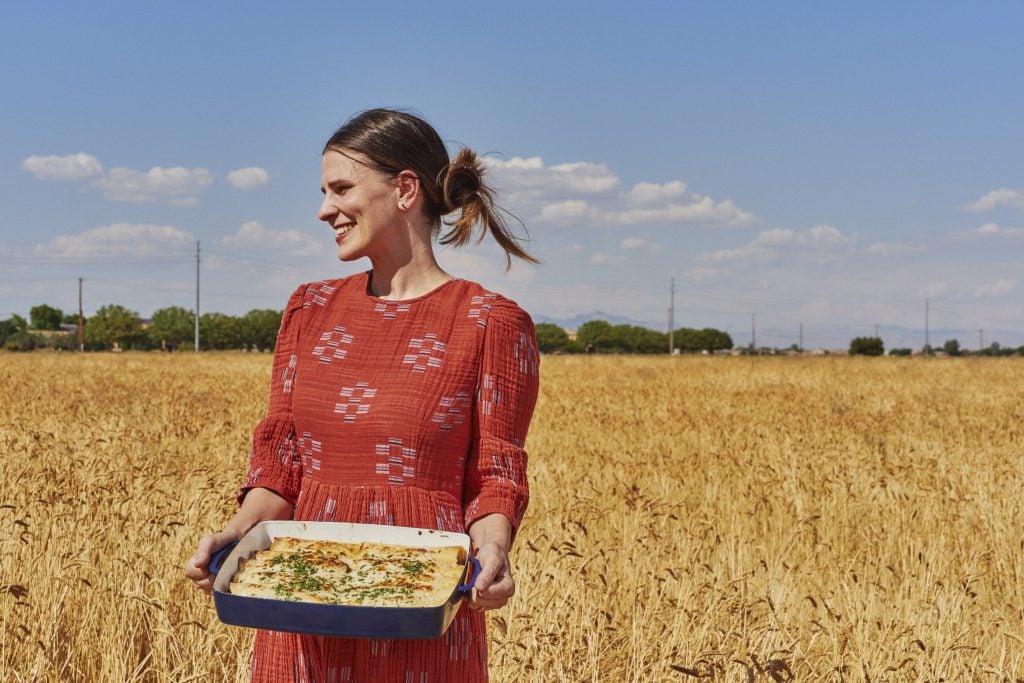
Everywhere I turn, there’s a new form of “gluten-free” this and “grain-free” that that makes the entire concept of healthy eating all the more complex. Don’t get me wrong, I’m all up for exploring the foods and habits that feel supportive to you. But if eating more intuitively is the goal, then ditching the labels and discovering real, whole foods can be a step in the right direction.
That’s why I was thrilled to learn more about the unique, alternative flours and grains highlighted in Emma Zimmerman’s new cookbook, The Miller’s Daughter. As is true for many of the best cookbooks, its pages contain more than inspiring recipes and insights on food alone. There’s a clear narrative woven throughout, one that’s driven by Emma’s and her father’s work in restarting the historic Hayden Flour Mills in Tempe, Arizona.
It’s a story of community, traditional agricultural practices, and sustainability that’s illustrated through each of the book’s 80 recipes. Every meal is highlighted—from Pickled Cherry Farro Salad with Kale and Goat’s Cheese to Purple Barley Ginger Cordial—and Emma’s even sharing her recipe for Chickpea Chocolate Chip Cookies below.
Featured image by David Alvarado.
1 of 8
I’ve always believed that exploring new-to-you foods and ingredients can inspire and revive your creativity in the kitchen. That’s why we asked Emma to share her encyclopedic insights on some of her favorite alternative flours and unique grains: how to cook with them, their benefits, and something fun that you (definitely) should know.
Keep reading for Emma’s thoughts on the importance of celebrating and cooking with heritage and rare grains, the truth behind gluten, and what she’s learned from keeping her food choices close to the earth.
Recipes excerpted with permission The Miller’s Daughter by Emma Zimmerman published by Hardie Grant Books, May 2022.
Why is it important to learn about, cook with, and celebrate heritage grains?
We grow grains that, until a short time ago, only existed in seed banks. We have lost so much biodiversity in our food system. And the best way to bring that biodiversity back is to eat a wide variety of heritage grains.
Of course, then the question is how to cook with these grains most people have never heard of before. And that’s why I wrote my cookbook: to give a whole range of ideas for using these grains. From simple pancakes and grain salads to more complicated rye bread.
2 of 8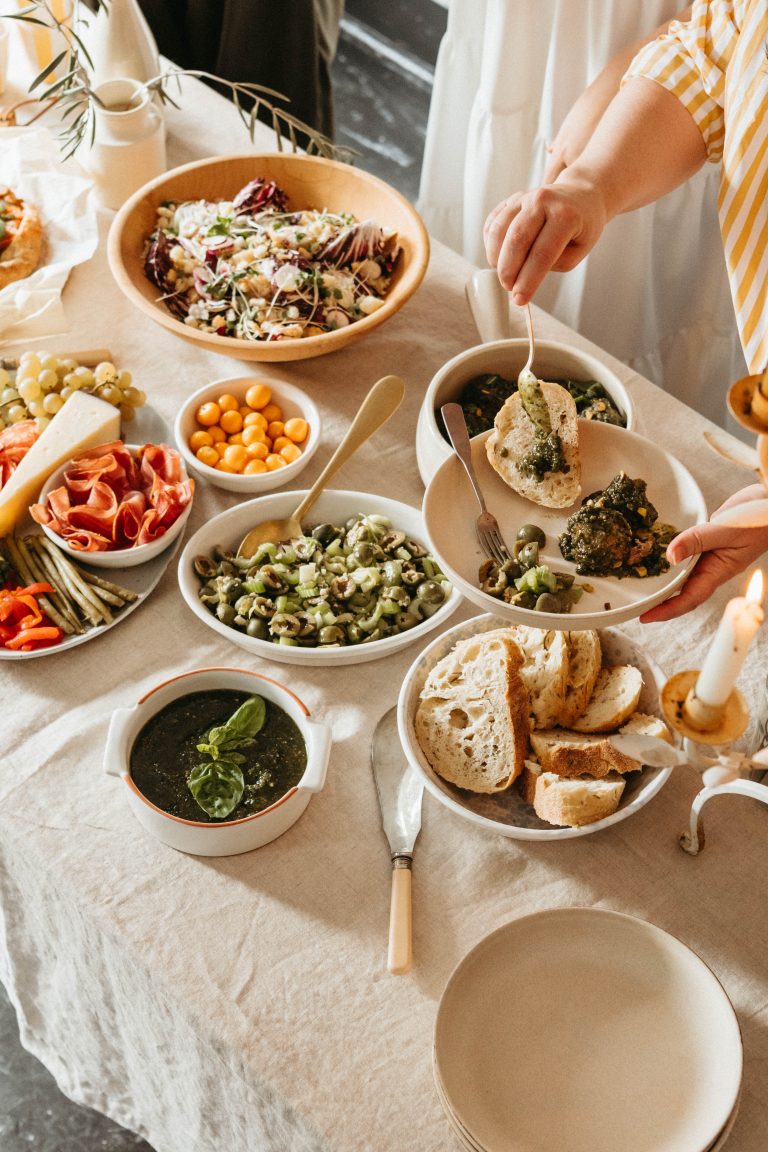
Given That Our Culture Has Come to view gluten as “bad,” how can we argue that heritage grains deserve a place at our tables?
One very strong argument for not being scared of gluten is that whole grains are essential for our heart health. And as much as industrialized food manufacturers label foods “whole grain,” the best way to get real whole grains is by making things like grains salads or baking with stone-milled flours.
I hope I can reconnect people with where their bread comes from. Bread is considered sacred in so many cultures, and reconnecting with bread as a Miller, I understand why this has been true throughout history. To call bread and other foods made out of wheat “carbs” of “gluten” just doesn’t seem right when you know how much work and care goes into turning wheat into flour.
I hope we can get back to seeing bread as a nourishing food.
I’d also recommend just giving heritage grains a try. The flavor difference is so clear between industrialized white flour and fresh, stone-milled flour. And for me, having access to such a range of grains sparks so much creativity in the kitchen.
3 of 8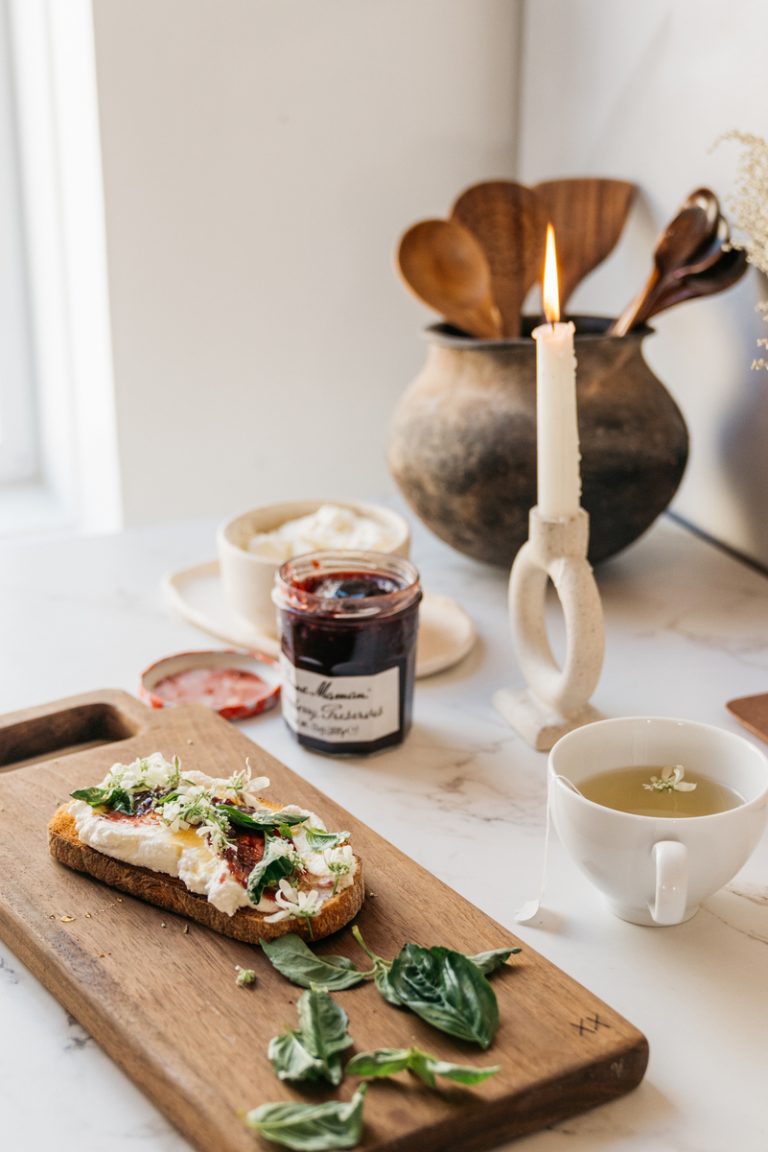
Are there heritage grains that are safe for People with celiac disease to consume?
In my book, I have a chapter on all the different ways to use chickpea flour. Chickpea flour is naturally gluten-free. However, the rest of the heritage grains we grow and mill are very gluten-full. Many of our customers are gluten sensitive and find that they can eat our flour without any issues because of the clean way it is grown and milled.
What are your favorite places to find and source these grains?
Hayden Flour Mills, of course! But in all seriousness, I love going “shopping” at my own mill. There is so much trust knowing who grew each crop and who milled it. There are also so many small mills across the country now, building regional grain systems—it’s heartening to see this growing trend. Local mills can always use community support, so start by looking to see if there is a mill in your area. I put together a directory in the end of my cookbook.
4 of 8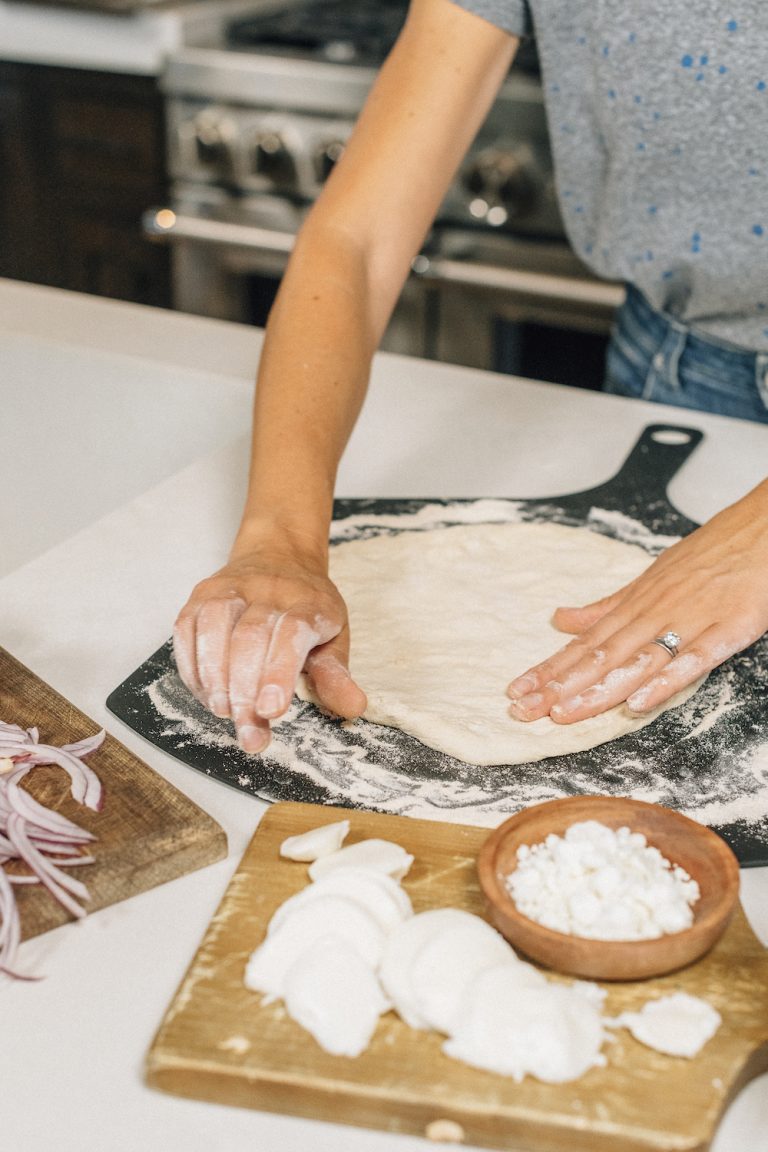
What Have You Learned From reviving a historic Arizona mill and playing a pivotal role in America’s local grain movement?
As with all passion-projects-turned-businesses, you quickly realize that a lot of your time is spent looking at spreadsheets instead of milling and baking. I read somewhere that it’s good to hire people who have strengths where you have weaknesses. I’ve tried to do that so I can focus on the things I’m good at, like recipe development and marketing.
what are your hopes for the future of heritage grains in America?
There has been such a revitalization of small mills across the US in the past ten years. But we still have to compete against big mills that are 100x our size. So we are constantly trying to educate consumers on the importance of local grain systems. I hope the small mills and grain movements continue to thrive and grow as customers make the switch for their health and flavor.
5 of 8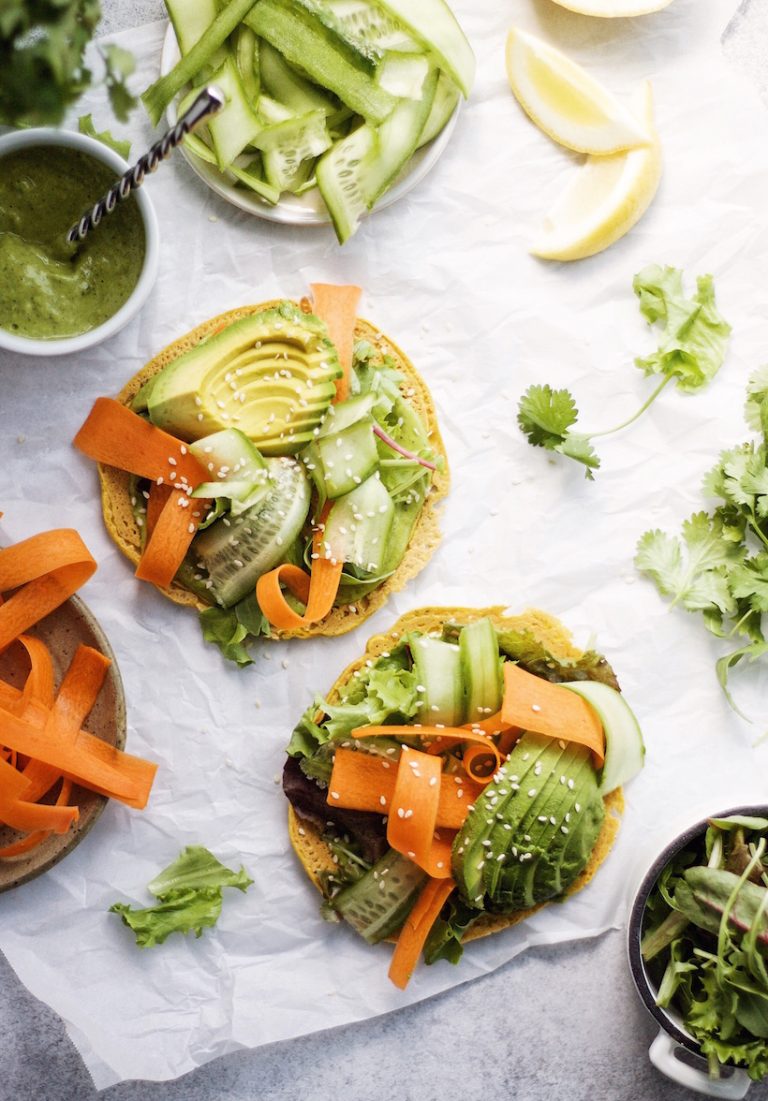
6 Alternative Flours and Unique Grains Every Baker Should Know
Barley
How To Cook With It: Barley can cooked as a whole berry (like rice) or used in flour form. Purple barley is rich in antioxidants.
Recipe Benefits: Barley flour is delicate, so your baked goods will turn out very light while still giving you the feeling of satiety.
Fun Fact: One of the barley varieties that we grow is Purple Barley. It has a bright, almost citrusy flavor and it never fails to disappoint as it turns everything a deep purple hue.
Rye
How To Cook With It: Rye can be cooked as a whole berry (like rice) or used in flour form for cookies, cakes, and bread.
Recipe Benefits: Rye is such a nutritional powerhouse. It’s a great source of fiber and antioxidants.
Fun Fact: Rye has the most complex flavor. I always compare it to coffee because of the layers you can taste. We grow our rye a few hours north of our mill because it likes a colder climate.
6 of 8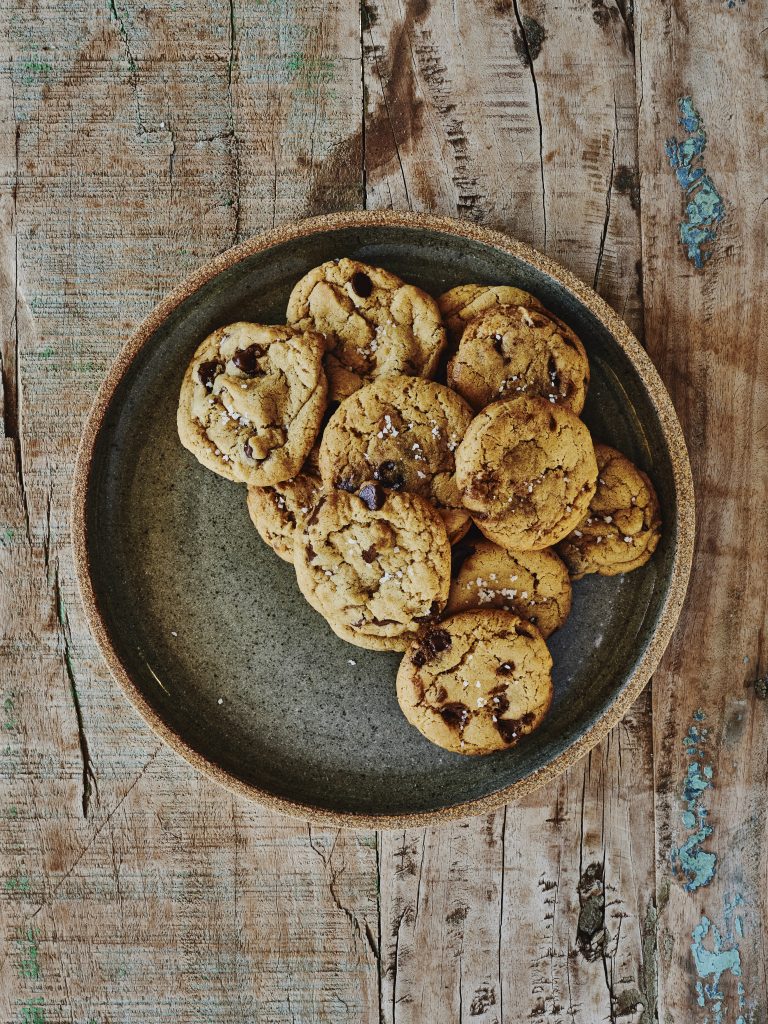
Chickpea Flour
How To Cook With It: Chickpea flour does not act like regular flour, so I never use 100% chickpea flour in baked goods. I always blend it with all-purpose flour. Chickpea flour makes the best flatbreads—like the falafel crepes or socca. In these recipes, 100% chickpea flour works great.
Recipe Benefits: Chickpea flour is a great way to add protein to a meal. You would think that things make with chickpea flour would have a very “beany” taste but once cooked or baked, that flavor mellows out.
Fun Fact: Chickpeas grow close to the ground inside a green pod.
Get Emma’s recipe for Chickpea Chocolate Chip Cookies
Einkorn
How To Cook With It: Einkorn can be cooked as a whole berry (like rice) or used in in flour form for baked goods. I highly recommend the einkorn waffle recipe in my cookbook, so good! Einkorn is the oldest wheat variety, so this is a great one for people who are gluten-sensitive. It’s a great source of whole grains as well, however, it’s very low-yielding, so it’s always going to be more expensive than your typical white flour.
Recipe Benefits: In whole berry form, einkorn adds a texture and nuttiness. As a flour, einkorn has the most intriguing flavor—it’s like all the flours rolled into one. If you serve something made of einkorn flour people will definitely be asking for the secret ingredient.
Fun Fact: Einkorn wheat is missing its medial crevice, which is a typical trait of wheat.
7 of 8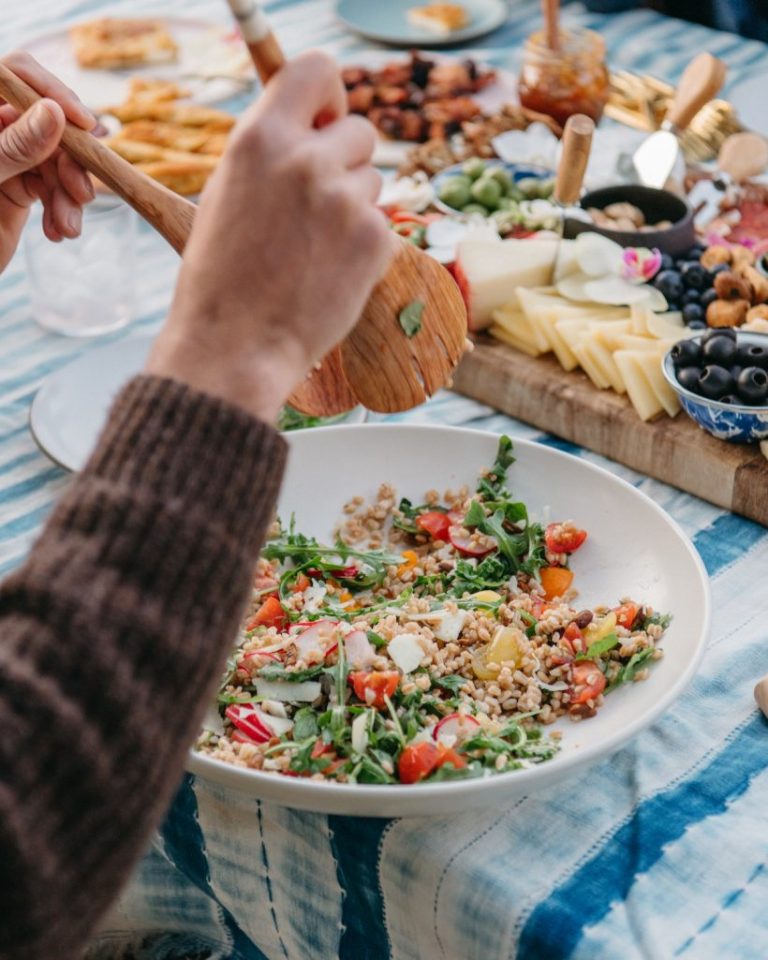
Farro
How To Cook With It: Farro is most commonly known in its whole berry form which can be cooked like rice, but it also makes a great flour. (Plus, it’s one of my favorites to work with!) Farro adds off-the-charts flavor to anything you make with it.
Recipe Benefits: When cooked correctly, farro berries have such a great texture, (that perfect balance of chewy and firm). You can never go wrong bringing a farro salad to a potluck.
Fun Fact: Farro gets its name from being the wheat the Pharaoh ate.
Durum
How To Cook With It: Durum is a confusing one, because after it’s milled into flour it’s called semolina flour. Semolina flour is traditionally used to make pasta, but it can be used in cakes and my personal favorite, crackers, too.
Recipe Benefits: Stone-milled flours are always going to be more nutritionally dense than store-bought white flour. Stone milling preserves the oils, germ, and bran—this is where all the goodness of wheat is stored. Durum is nutty and because it’s a vitreous grain, it gives baked goods and crackers great structure.
Fun Fact: The heritage durum that we grow is called Blue Bear Durum. It gets its funny name because the awns of the wheat head are dark blue. So in the field, it looks like the wheat has a blue beard.

 Konoly
Konoly 












